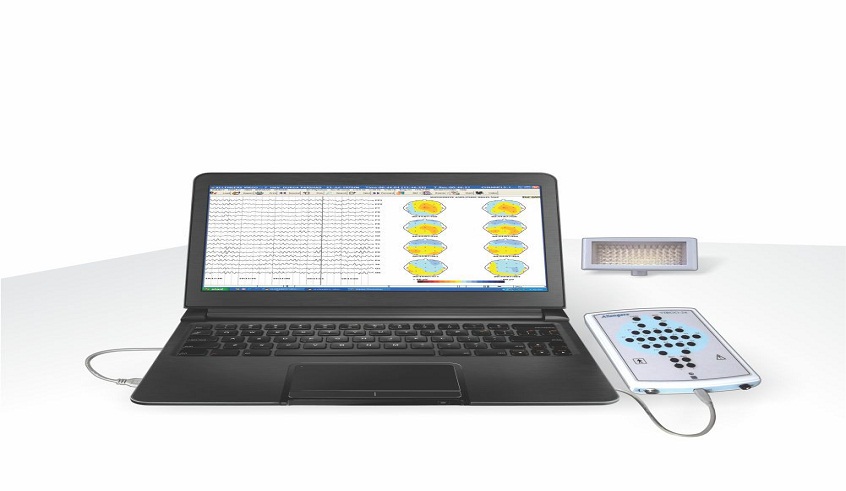
Nerve Conduction Velocity (NCV) study, another part of an EMG, uses electrodes taped to the skin (surface electrodes) to measure the speed and strength of signals traveling between two or more points.
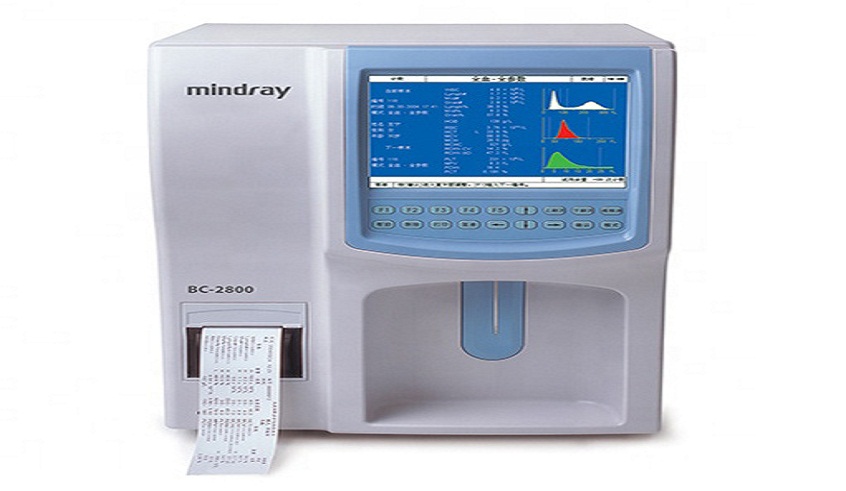
Hematology is the branch of medicine concerned with the study, diagnosis, treatment, and prevention of diseases related to blood. Hematological tests can help to diagnose anemia, infection, hemophilia, and leukemia.
.jpg)
Hormone Assay considers assay methods in detail, focusing on vertebrate hormones. Statistics as applied to biological assay is another field in which recent advances have been phenomenal.
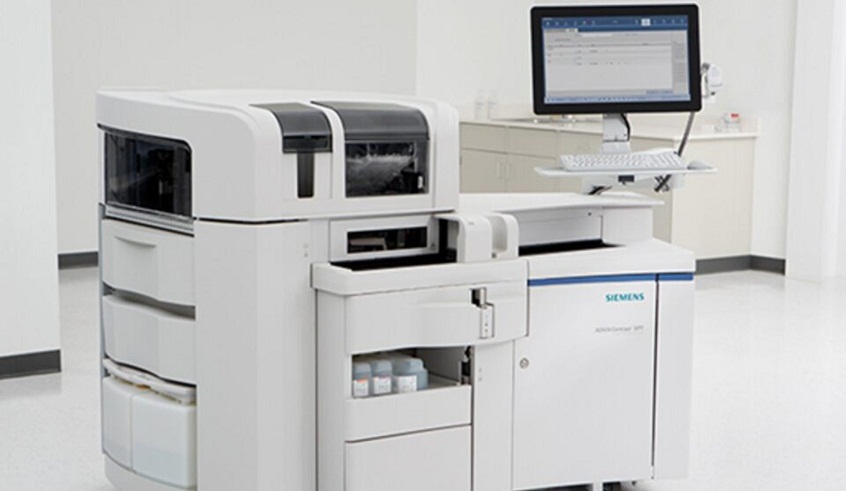
Serology is the scientific study of serum and other bodily fluids. It refers to the diagnostic identification of antibodies in the serum.
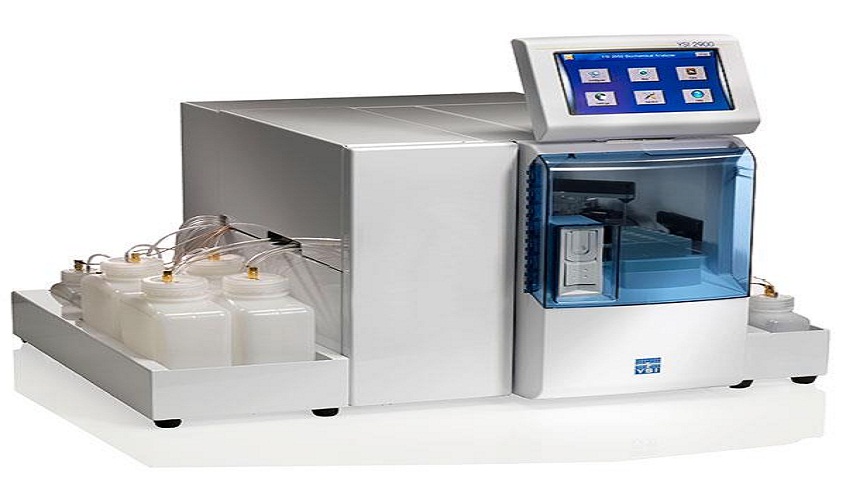
Biochemistry test refers to the chemical identification of a particular enzyme or protein in bodily fluid samples like blood, urine, CSF etc.
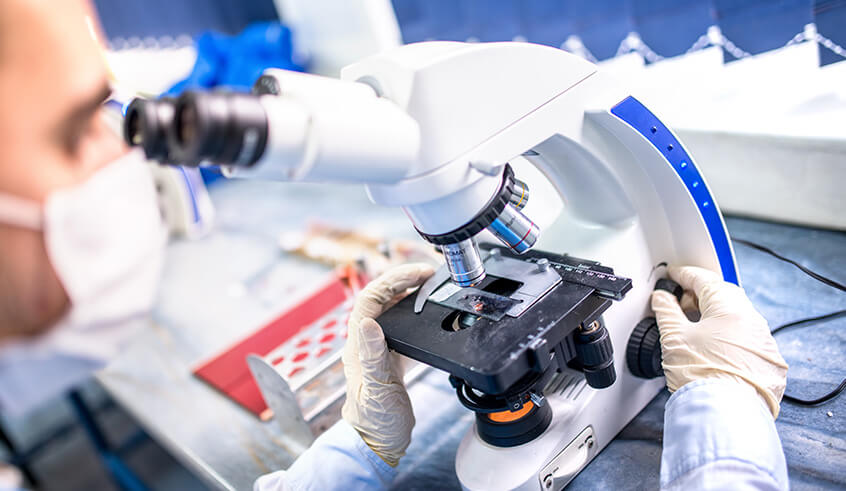
Microbiology is the branch of biology which deals with microscopic organisms like viruses, bacteria, algae, fungi and protozoa.
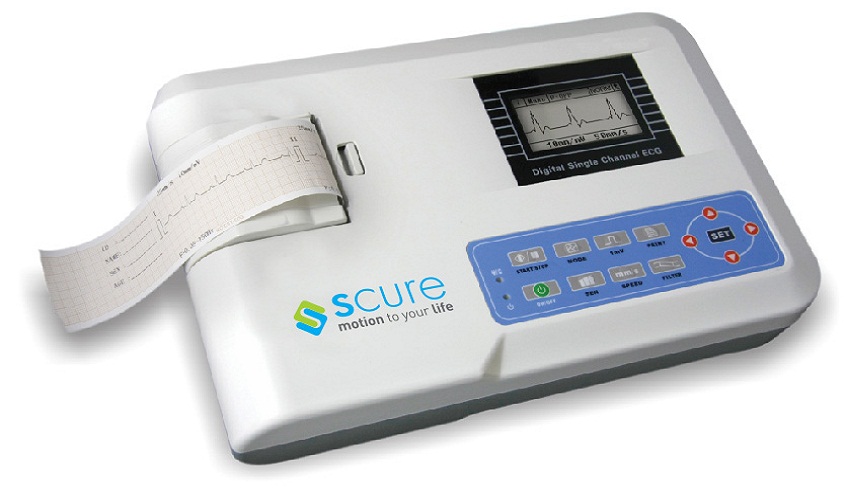
An electrocardiogram (ECG or EKG) records the electrical signal from your heart to check for different heart conditions. Electrodes are placed on your chest to record your heart's electrical signals, which cause your heart to beat.
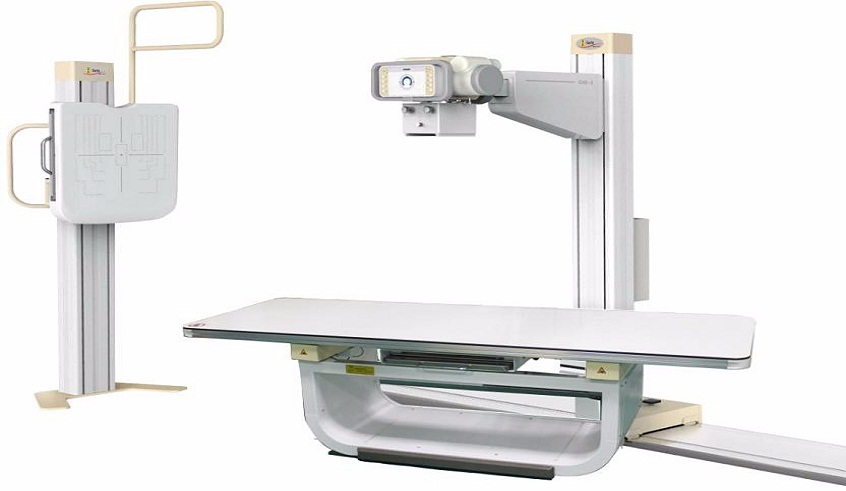
An X-ray report is a photographic or digital image of the internal composition of something, especially a part of the body, produced by X-rays being passed through it and being absorbed to different degrees by different materials.
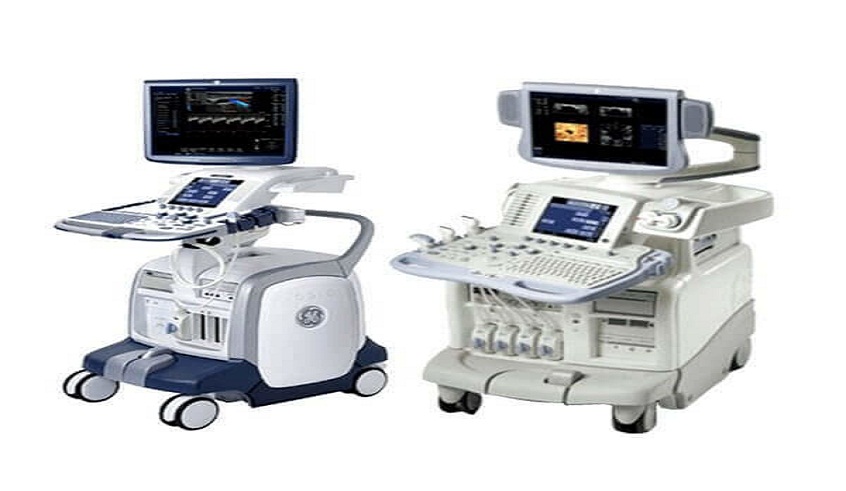
Medical ultrasound is a diagnostic imaging technique based on the application of ultrasound. It is used to see internal body structures such as tendons, muscles, joints, vessels and internal organs.